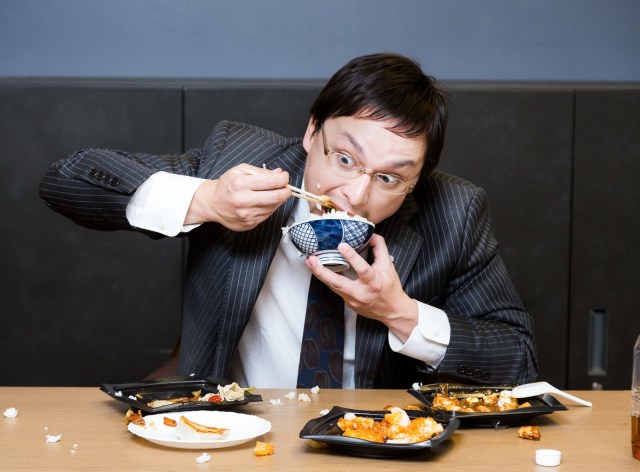
Wife says Japanese meals should be eaten in a triangle formation.
Japanese meals aren’t always as straightforward as they look. Even at breakfast time, a traditional spread can consist of multiple side dishes served alongside rice and miso soup, and while it might look like a free-for-all feast, there can be some taboos and pet peeves involved, depending on where you are and who you’re living with.
Some dining taboos, like dipping the rice-side of your sushi into soy sauce, and waving your chopsticks about while you talk, like Jordan Schlansky did during his visit to Japan with Conan O’Brien, are widely known. Then there are other examples of etiquette that are slightly more obscure, like eating your food in a triangle formation.
The notion of eating your meal in a triangle shape is one that made a stir online recently, following a complaint made by a disgruntled wife on the onayami free online discussion board. The site is a place where people can get answers and advice to all sorts of problems, and this wife’s vexation was that she couldn’t stand the way her husband eats.
What prompted the woman to air her grievances was the fact that she’d recently put a lot of care and effort into making a great side dish for dinner and was keen for her husband to enjoy the taste of the food. However, when she set it down on the table for him, instead of eating the side dish on its own, he put some of it in his mouth along with a portion of rice at the same time.
This set off a big argument between the couple, as the wife became upset that her husband had mixed up the flavours and therefore couldn’t fully enjoy the taste of the side dish. “Why are you always turning everything into a donburi inside your mouth? It’s disgusting,” she fumed, referring to donburi, a hearty one-bowl dish like gyudon or oyakodon, consisting of rice with a topping.
▼ Donburi are served in big bowls and are the polar opposite of expensive, multi-course kaiseki meals
Online commenters were quick to side with the husband on this one, saying that the no matter how good the meal is, it will become far less delicious if there’s no freedom in how it can be eaten. However, what this wife wanted her husband to do is follow the “sankaku tabe” (“triangular eating“) method, which is said to be the most balanced way to enjoy a Japanese meal.
“Sankaku tabe” has been taught in elementary schools around Japan since the ’70s as a way to ensure that children get the most nutrients out of their school lunches. As school lunches typically consist of rice, miso and a side dish, with milk on the side, it’s not difficult to follow the triangle method of eating at school.
Young children are taught to alternate between dishes in a triangular pattern (see image below) to ensure an equal amount of each is eaten.
▼ The act of chewing through different textures is also said to create a feeling of fullness to help prevent obesity.
Once you leave elementary school, things get a little complicated, as students eventually move on to eating bento lunchboxes, often without soup, and then as adults, it becomes a free-for-all, where old rules are forgotten and nobody is around to admonish you for the way you eat your meals.
Some people, however, remain lifelong fans of the sankaku tabe method, especially when eating traditional meals, which are based around the concept of “Ichiju Sansai” (“one soup, three dishes“). Triangle eating here takes on a few more angles due to the extra dishes, but the concept remains the same — alternating between each dish to enjoy their individual flavours, and not finishing all of one dish before the others.
Given its purported health benefits and the fact that it’s taught in schools, sankaku tabe is considered to be a conscientious, polite way of eating. At the opposite end of the spectrum is “bakkari tabe” (“only eating”), where the diner finishes each dish before moving on to the next, while “kouchuu choumi” (“seasoning inside the mouth”) describes the act of mixing the different dishes together in your mouth.
Kouchuu choumi is what the husband at the centre of this debate was caught doing, or as his wife puts it: “turning everything into a donburi inside your mouth”. While the married couple in this situation appear to be bickering over different eating methods, the advice she received after venting her frustrations was to refrain from making judgmental statements like “It’s disgusting”, and instead say something like: “I spent a lot of time making this dish nice so I wanted you to taste it on its own”.
▼ Another alternative would be to just ditch the rice and cook a meal at the table together instead.
The general consensus amongst Japanese commenters online has been leaning towards freedom of eating as you please, especially in the comfort of your own home. And as long as you can learn to communicate with your spouse respectfully, there’s scope for different eating methods to exist peacefully in the same household.
Although if you’re married to a woman who’s made a 100-plus-item menu for you to select meals from, you might want to bow down and yield to all and any of her requests, especially if giant rice cooker okonomiyaki pancakes are on the menu.
Source: Onayami Free via Livedoor News via Jin
Top image: Pakutaso
Insert images: Pakutaso (1, 2, 3) Flickr/Osamu Iwasaki (edited by SoraNews24), Wikipedia/Michael Maggs
● Want to hear about SoraNews24’s latest articles as soon as they’re published? Follow us on Facebook and Twitter!

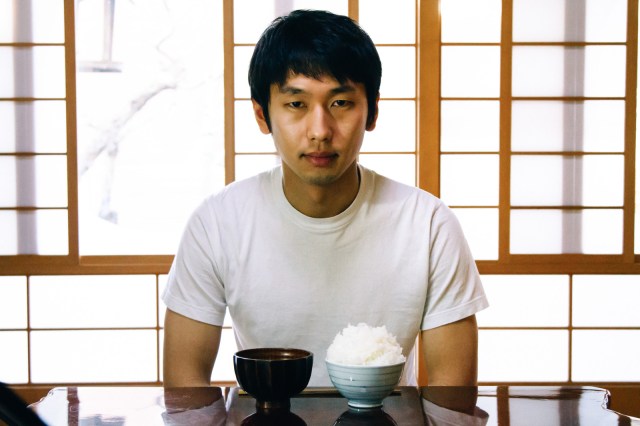
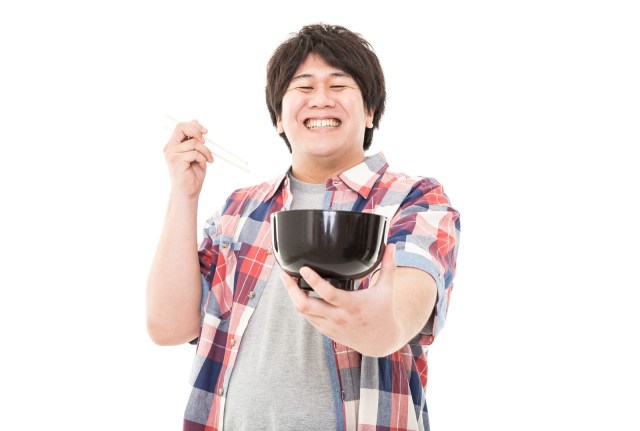
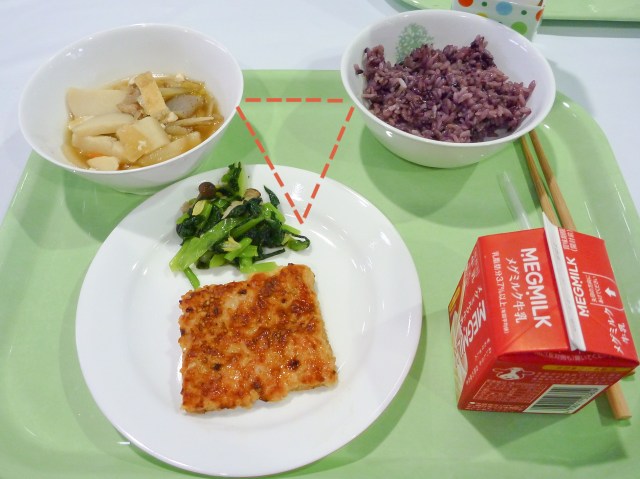
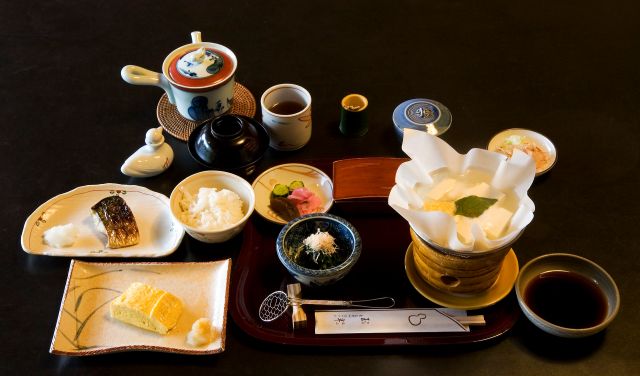
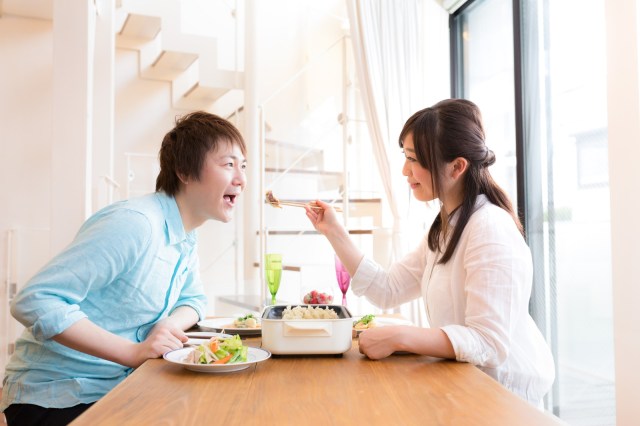
 New Japanese bowl-shaped donburi rice cooker cooks rice and toppings at the same time
New Japanese bowl-shaped donburi rice cooker cooks rice and toppings at the same time Is it OK to put other food on top of your white rice when eating in Japan?
Is it OK to put other food on top of your white rice when eating in Japan? This is Japan’s oldest oyakodon chicken-and-egg rice bowl restaurant, and it’s awesome
This is Japan’s oldest oyakodon chicken-and-egg rice bowl restaurant, and it’s awesome How to have a great meal at conveyer belt sushi chain Kura Sushi even if you hate raw fish
How to have a great meal at conveyer belt sushi chain Kura Sushi even if you hate raw fish How to turn McDonald’s chicken nuggets into tasty katsudon in five minutes【SoraKitchen】
How to turn McDonald’s chicken nuggets into tasty katsudon in five minutes【SoraKitchen】 Japan’s new difficult-to-drink-from beer glass protects your liver, but it’s a brutal experience
Japan’s new difficult-to-drink-from beer glass protects your liver, but it’s a brutal experience Demon Slayer: Kimetsu no Yaiba gets new roller coaster attractions and food at Universal Studios Japan
Demon Slayer: Kimetsu no Yaiba gets new roller coaster attractions and food at Universal Studios Japan New Pokémon ice cream, dessert drinks, and cool merch coming to Baskin-Robbins Japan【Pics】
New Pokémon ice cream, dessert drinks, and cool merch coming to Baskin-Robbins Japan【Pics】 Hello, cosmetics! Clinique teams up with Hello Kitty this summer for first-time collaboration
Hello, cosmetics! Clinique teams up with Hello Kitty this summer for first-time collaboration New Nintendo Lego kit is a beautiful piece of moving pixel art of Mario and Yoshi【Photos】
New Nintendo Lego kit is a beautiful piece of moving pixel art of Mario and Yoshi【Photos】 Caffeinated ramen for gamers that you can eat with one hand going on sale in Japan
Caffeinated ramen for gamers that you can eat with one hand going on sale in Japan How to order snacks on a Shinkansen bullet train in Japan
How to order snacks on a Shinkansen bullet train in Japan New samurai glasses are Japan’s latest weird must-have souvenir
New samurai glasses are Japan’s latest weird must-have souvenir High-fashion Totoro cuddle purse is like an elegant stroll in the forest【Photos】
High-fashion Totoro cuddle purse is like an elegant stroll in the forest【Photos】 Swords of famous samurai reborn as beautiful kitchen knives from Japan’s number-one katana town
Swords of famous samurai reborn as beautiful kitchen knives from Japan’s number-one katana town Nintendo history you can feel – Super NES, N64, and GameCube controllers become capsule toys
Nintendo history you can feel – Super NES, N64, and GameCube controllers become capsule toys “The most Delicious Cup Noodle in history” – Japan’s French Cup Noodle wins our heart【Taste test】
“The most Delicious Cup Noodle in history” – Japan’s French Cup Noodle wins our heart【Taste test】 Starbucks releases a cute Frappuccino and Unicorn Cake…but not in Japan
Starbucks releases a cute Frappuccino and Unicorn Cake…but not in Japan Kyoto Tower mascot termination reveals dark side behind cute Japanese characters
Kyoto Tower mascot termination reveals dark side behind cute Japanese characters McDonald’s Japan’s Soft Twist Tower: A phantom ice cream only sold at select branches
McDonald’s Japan’s Soft Twist Tower: A phantom ice cream only sold at select branches Yabai Ramen: What makes this Japanese ramen so dangerous?
Yabai Ramen: What makes this Japanese ramen so dangerous? Finally! Nintendo Japan expands Switch 8-bit controller sales to everybody, Online member or not
Finally! Nintendo Japan expands Switch 8-bit controller sales to everybody, Online member or not Japanese government wants to build luxury resorts in all national parks for foreign tourists
Japanese government wants to build luxury resorts in all national parks for foreign tourists To combat declining birth rate, Japan to begin offering “Breeding Visas” to foreigners
To combat declining birth rate, Japan to begin offering “Breeding Visas” to foreigners 10 things you should buy at 7-Eleven in Japan
10 things you should buy at 7-Eleven in Japan Studio Ghibli releases anime heroine cosplay dresses that are super comfy to wear
Studio Ghibli releases anime heroine cosplay dresses that are super comfy to wear Woman charged for driving suitcase without a license in Osaka
Woman charged for driving suitcase without a license in Osaka Studio Ghibli unveils My Neighbour Totoro miniature house model
Studio Ghibli unveils My Neighbour Totoro miniature house model Kyoto experiencing problems with foreign tourists not paying for bus fares, but not on purpose
Kyoto experiencing problems with foreign tourists not paying for bus fares, but not on purpose Fighting mild hunger with a Japanese soda that turns into jelly in the stomach【Taste test】
Fighting mild hunger with a Japanese soda that turns into jelly in the stomach【Taste test】 Studio Ghibli’s Howl’s Moving Castle tapestry unveiled in Japan for first time
Studio Ghibli’s Howl’s Moving Castle tapestry unveiled in Japan for first time McDonald’s new Happy Meals offer up cute and practical Sanrio lifestyle goods
McDonald’s new Happy Meals offer up cute and practical Sanrio lifestyle goods Sales of Japan’s most convenient train ticket/shopping payment cards suspended indefinitely
Sales of Japan’s most convenient train ticket/shopping payment cards suspended indefinitely Sold-out Studio Ghibli desktop humidifiers are back so Totoro can help you through the dry season
Sold-out Studio Ghibli desktop humidifiers are back so Totoro can help you through the dry season Japanese government to make first change to romanization spelling rules since the 1950s
Japanese government to make first change to romanization spelling rules since the 1950s Foreigner’s request for help in Tokyo makes us sad for the state of society
Foreigner’s request for help in Tokyo makes us sad for the state of society Ghibli founders Toshio Suzuki and Hayao Miyazaki contribute to Japanese whisky Totoro label design
Ghibli founders Toshio Suzuki and Hayao Miyazaki contribute to Japanese whisky Totoro label design Doraemon found buried at sea as scene from 1993 anime becomes real life【Photos】
Doraemon found buried at sea as scene from 1993 anime becomes real life【Photos】 Tokyo’s most famous Starbucks is closed
Tokyo’s most famous Starbucks is closed Princesses, fruits, and blacksmiths: Study reveals the 30 most unusual family names in Japan
Princesses, fruits, and blacksmiths: Study reveals the 30 most unusual family names in Japan Japanese confectionery store Toraya serves up a surprising meal in Paris
Japanese confectionery store Toraya serves up a surprising meal in Paris All-you-can-eat yakiniku in Shinjuku for less than 10 bucks!
All-you-can-eat yakiniku in Shinjuku for less than 10 bucks! Rice balls, sushi and ramen: Japanese women share what they’d eat for their last meal
Rice balls, sushi and ramen: Japanese women share what they’d eat for their last meal How to get a beef bowl breakfast in Japan for only 290 yen (some assembly required)
How to get a beef bowl breakfast in Japan for only 290 yen (some assembly required) Japanese men rank the top 10 complaints they hope to never hear from their wives
Japanese men rank the top 10 complaints they hope to never hear from their wives Mr. Sato attacks a massive castle of seafood at a new restaurant in Tokyo Skytree’s Solamachi
Mr. Sato attacks a massive castle of seafood at a new restaurant in Tokyo Skytree’s Solamachi The top 10 traits of “domestic” women in Japan, according to Japanese men
The top 10 traits of “domestic” women in Japan, according to Japanese men Got rice? The tastiest rice ever compels bread-fan Mr. Sato to eat more rice than ever before
Got rice? The tastiest rice ever compels bread-fan Mr. Sato to eat more rice than ever before We try chucking our lunchtime bento into a pan of soup, result is doubly delicious
We try chucking our lunchtime bento into a pan of soup, result is doubly delicious Top 10 food disasters prepared by Japanese wives who have extraordinary talent in the kitchen
Top 10 food disasters prepared by Japanese wives who have extraordinary talent in the kitchen The best place to eat Japanese breakfast for US$2: Cheap food hack for locals and tourists
The best place to eat Japanese breakfast for US$2: Cheap food hack for locals and tourists Taco rice at Japanese beef bowl chain Sukiya proves you can never eat a bad taco rice
Taco rice at Japanese beef bowl chain Sukiya proves you can never eat a bad taco rice McDonald’s Japan’s limited-edition pie pick-me-up: the Love Triangle Choco Pie【Taste Test】
McDonald’s Japan’s limited-edition pie pick-me-up: the Love Triangle Choco Pie【Taste Test】 Disney’s Japanese breakfast in Hawaii probably tastes great, still looks weird
Disney’s Japanese breakfast in Hawaii probably tastes great, still looks weird Secret staff cafeteria in Osaka is one of Japan’s best-kept secrets
Secret staff cafeteria in Osaka is one of Japan’s best-kept secrets
Leave a Reply